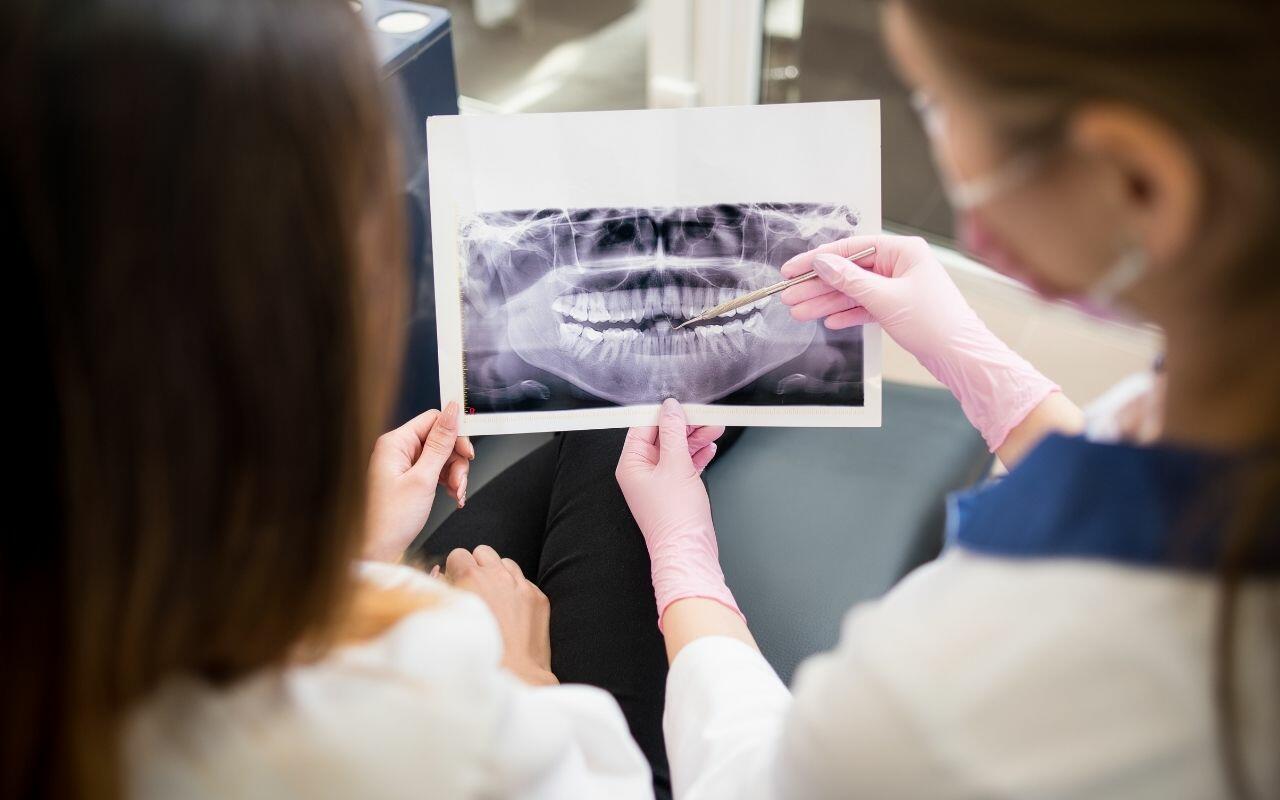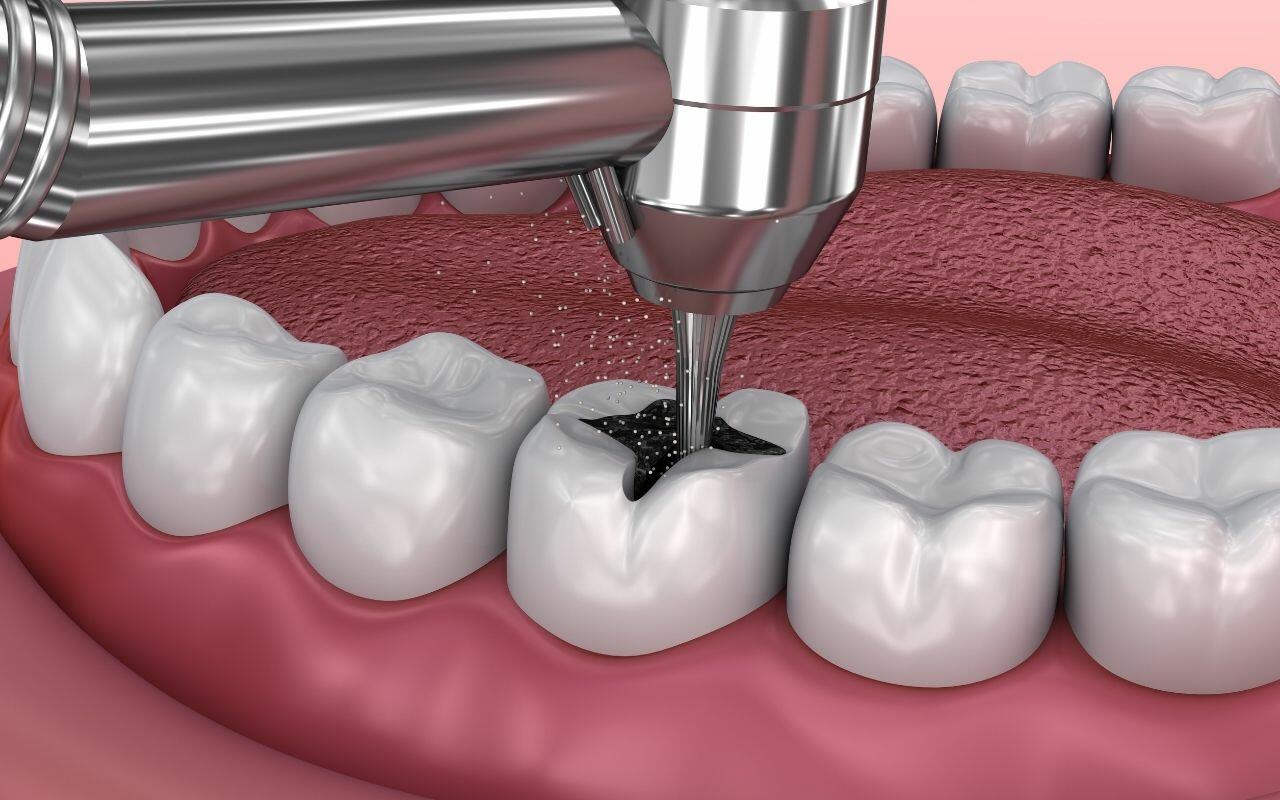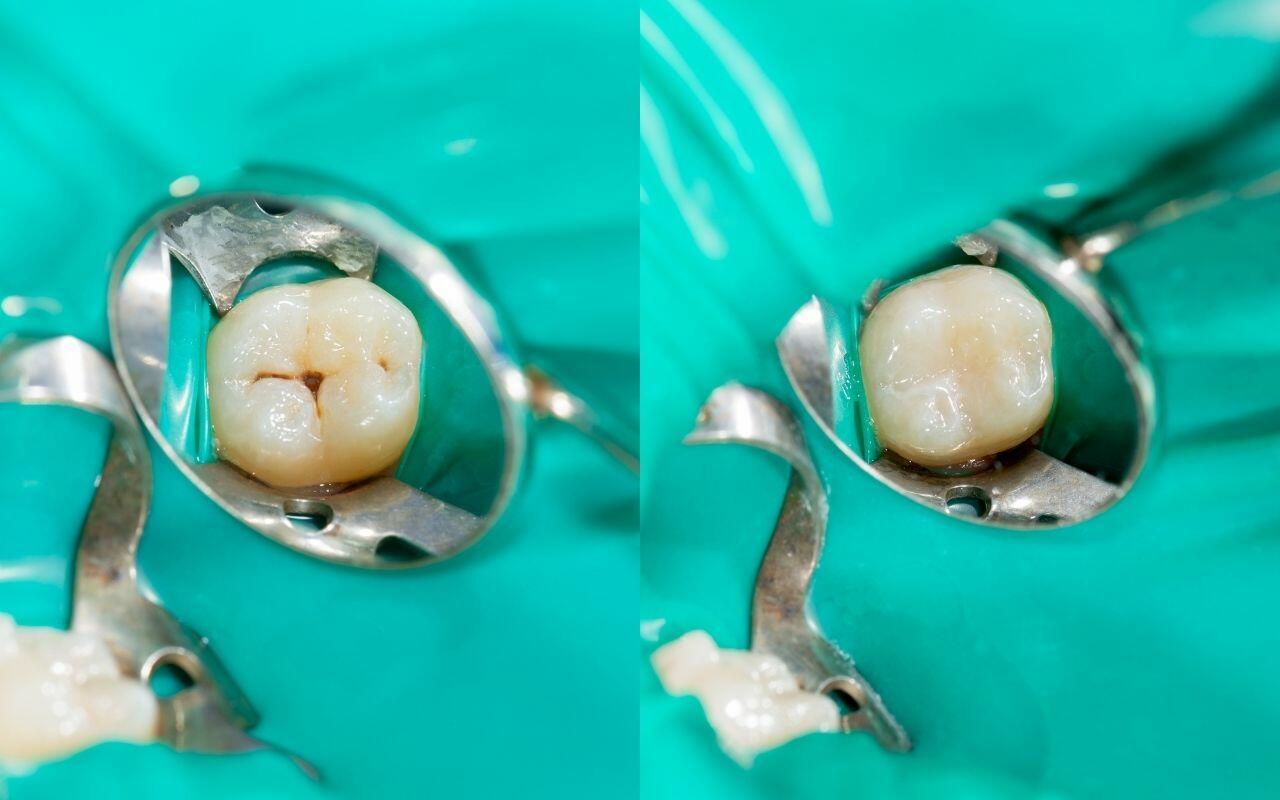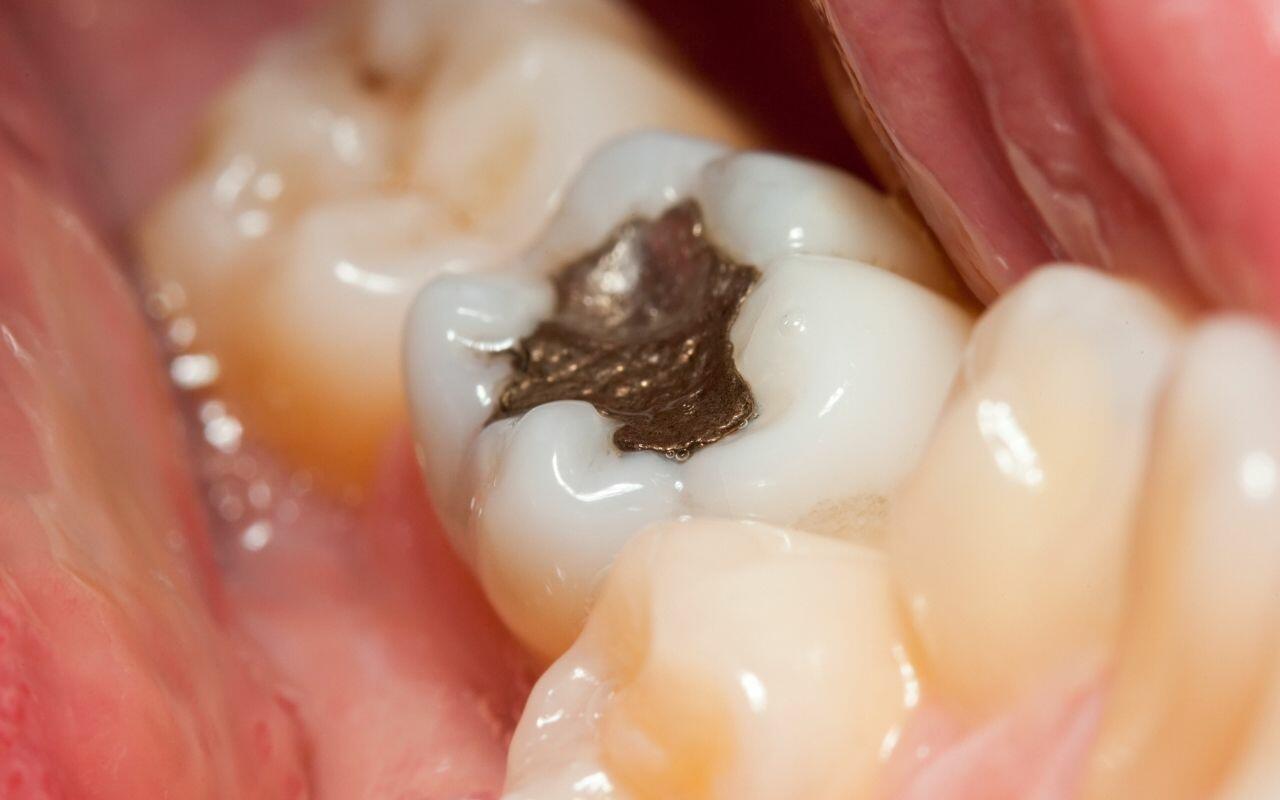Dental Fillings
What To Expect When Getting A Filling At The Dentist
A dental filling is a form of restorative dental treatment that your dentist uses to correct tooth decay, fractures, or cracked or broken teeth. Patients with tooth decay or a minor fracture in the teeth will have a lot of difficulty chewing, and may develop tooth sensitivity and pain due to loss of enamel. If the tooth is not repaired, jaw bone atrophy may occur.
Dental fillings help even out the surface of the tooth, easing chewing and grinding. It is important to know what to expect at the dentist during your dental filling appointment.

General Dentistry
Consultation
Your dentist will identify the problem with your tooth during your appointment and advise on the best treatment method. For minor fractures and decay, your dentist will most likely prescribe a tooth filling. For more complex problems, other treatments may include dental implants and dental crowns placement.
Your dentist uses a dental probe to investigate the problem. They may also use an X-ray to get more precise information on your tooth decay's location and severity.

Procedure
The general process of filling your tooth will include the following:
- Your dentist will use localized anesthesia to numb the area to be filled.
- The decayed area will then be removed using a drill or laser. The dentist will choose the instrument to use depending on the extent of the decay.
- Your dentist then probes the area to test if all the decay has been efficiently removed, clearing any residual traces of decay or debris.
- The area is then cleaned in preparation for filling.
- The dentist may first put a liner on to protect the nerve if the decay on your tooth is near the root. The liner could be made of glass ionomer or composite resin.
- The tooth-coloured filling is then applied in layers.
- A special light is then applied that hardens or ‘cures’ the layers.
- When the multi-layering process is done, your dentist forms the composite material to the desired shape.
- Any excess material is then trimmed off, and the final restoration is polished.

Some patients with a tooth that needs filling may be hesitant to go ahead with the procedure, largely due to misconceptions. The questions that dentists answer most often about fillings are:
“Are dental fillings painful?” and,
“What are the best dental fillings?”
The good news is that dentists use anesthesia, and the filling procedure should not be painful. What’s more, a filling is not done in the parts of your tooth that contain nerves.
What Are The Best Dental Fillings?
Your dentist will advise on the types of fillings available and help you to choose the one that suits you the most.
It is important to know your choices, so let’s have a look at the types of dental fillings and their pros and cons.
Composite Fillings
These are the most common types of tooth fillings used today. They look just like your natural teeth and are made of glass or quartz in resin.
Composite fillings could be the best choice for patients who are afraid of serious dental work that involves drilling, because they can be bonded into place.

Advantages of composite fillings include:
- Composite fillings do not require a lot of drilling, which means that very little of the tooth structure is removed.
- The fillings harden in a matter of seconds, unlike other types that may take days to harden.
- Composite fillings can be repaired if damaged.
- They easily blend with the rest of the teeth when colour is properly matched.
Some disadvantages of using composite fillings are:
- Placing the fillings takes longer than other options.
- Composite dental fillings cost more than silver fillings.
- Patients who choose this type of filling need a meticulous cleaning regime.
- There is always a risk of micro-leakage and secondary caries associated with composite fillings.
Crowns That Look Like Your Teeth
These crowns are made of porcelain, ceramic, or other glass-like materials.
A big advantage is that their colour marries well with your teeth. They are also quite durable and resistant.
A disadvantage is that they can be costly compared to other types of fillings.
Dental Amalgam
Also known as silver fillings, this was the most common dental filling method some years back. Though their appearance may look silver, their composition is quite different. They are produced using a mixture of metals such as copper, silver, mercury, and tin.
Some advantages include:
- They are made of robust components, making them durable and strong. They are, therefore, able to withstand a lot of wear and tear.
- They are an affordable choice for most patients.
- They are capable of preventing future cavities. Because the edge of the tooth next to the filling becomes resistant to future decay, they can be smart choices for patients prone to cavities.
- They enable patients to chew without worry, as these fillings withstand pressure, wear, and tear.

Some disadvantages include:
- Amalgam fillings can result in teeth discolouration, and most patients will prefer to have them placed at the back of their teeth.
- They may cause teeth sensitivity in some patients. Scientific studies have linked this sensitivity to the metal filling reacting to the temperatures in the mouth.
- Amalgam fillings may stain your teeth. They are the only dental filling option that stains from time to time.
How To Take Care Of Your Dental Fillings
After getting your fillings, it is important to remember that the anesthesia will wear off at some point. Take care when you chew, grind, or do other actions that may potentially injure the area.
Try as much as possible to eat on the other side of the mouth. On the days following the filling, you may start introducing softer foods to the side of the mouth that was filled.
Avoiding very hot and cold foods will help your mouth adjust to the new filling without sharp pains.
Use a soft-bristled toothbrush while brushing your teeth, and remember to follow all the instructions given by your dentist on oral hygiene and maintenance.
You might want to avoid or reduce certain foods that may potentially discolour or stain your teeth and fillings in the long run. These include coffees, teas, and red wine.
Contact us for all your oral care and dental filling needs. We are driven by patient satisfaction and will ensure that you are properly taken care of.
Our years of experience and team of dedicated personnel is what sets Bradford Family Dentistry apart. We will walk the talk with you, ensuring your dental health is at its best. We love to see you smile!
Book An Appointment Today!
We are conveniently located one block west of Highway 11 near the Old Bradford Library.
SCHEDULE AN APPOINTMENT NOW
HOURS
Monday: 8:30am to 7pm
Tuesday: 9am to 7pm
Wednesday: 9am to 7pm
Thursday: 9am to 7pm
Friday: Closed
Saturday: closed
